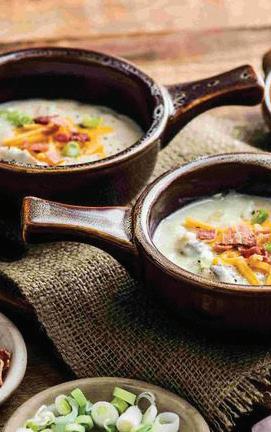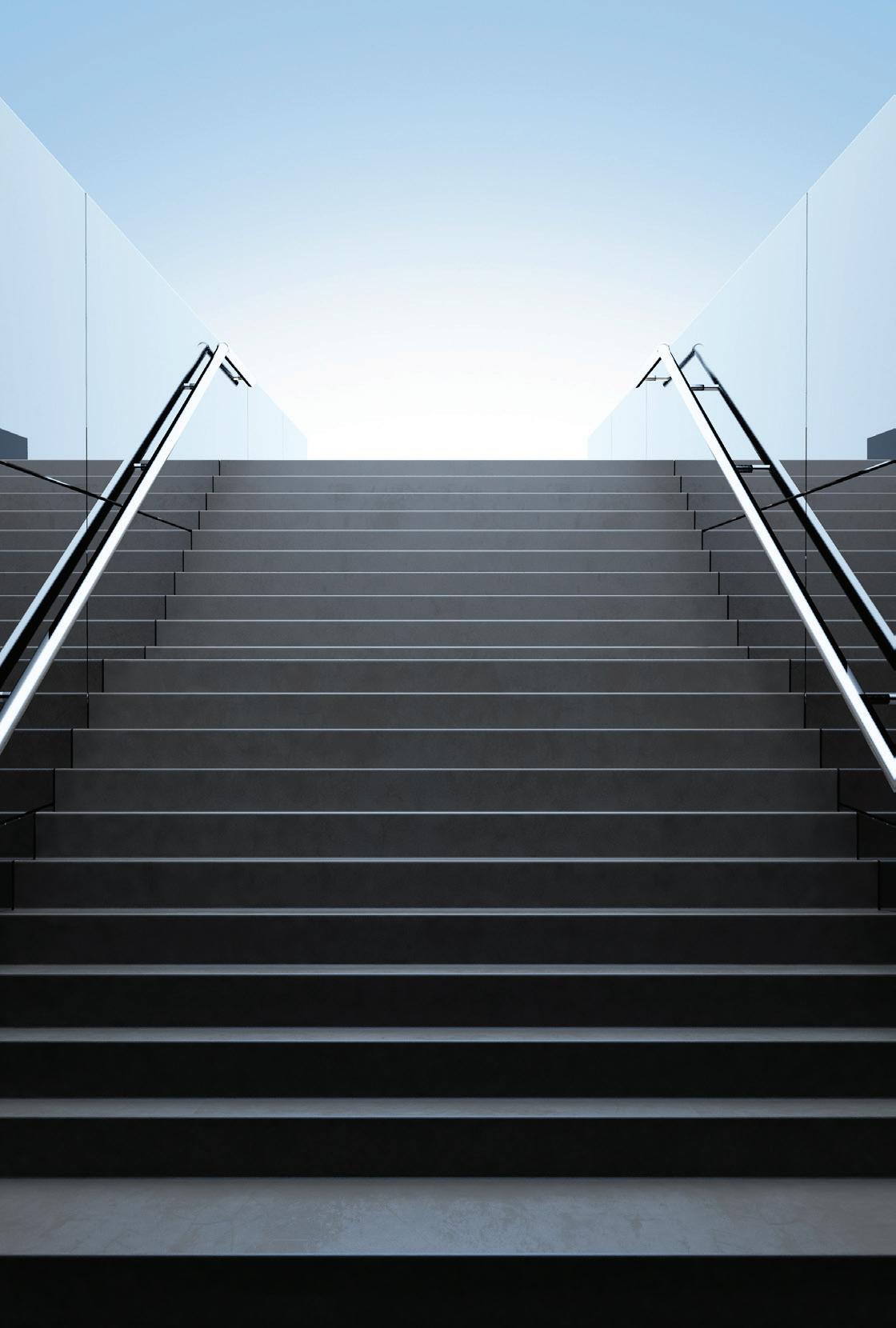






How’s that gym membership treating you? If you’re like most Americans –actually getting to the gym can be the hardest part about working out. Maybe the group classes were enticing when you signed up, but the schedule never seems to work for you... Or you didn’t fully account for the two extra hours it would add to your morning routine to pack a bag, drive to the gym, park, workout, and then shower and get ready for your weekday. Let’s face it, gym memberships simply are not for everyone – and that’s ok! Let me tell you a little secret: you are just as capable of losing weight and getting fit, working out from the comfort of your own home.
“The Town Too Tough to Die!” offers a unique look into the true Old West with dozens of historic attractions, reenactments, and saloons. Visit Tombstone to walk the same streets as notable legends such as Wyatt Earp and Doc Holliday, and check out the OK Corral, the site of one of the West’s most famous gunfights. While you’re there, you can take advantage of a number of boutiques and stores offering some unique shopping opportunities. Tombstone offers more than 20 options for lodging to accommodate visitors who’d like to set aside more than just one day to take in the history of this Western landmark. Source: tombstoneweb.com


Below you’ll find a few workouts to burn the most calories as well as toning techniques that require no machines or weights.
If you’re goal is to lose weight, the most effective way to do so is with cardio and strength training. Cardio you can do in thirty minutes with some High Intensity Tactical Training, otherwise known as HITT. Ideally you will be consistently moving, with short breaks in between each exercise.

Let’s talk moves - choose three cardio exercises you prefer (alternating each day), perform each one for two minutes with a short break in between. Repeat three times and walk around the house for the remaining ten to twelve minutes as a cool down. Here are some examples:
Burpees: A push – up followed by an upward leap with your arms outstretched. Arm Circles: Arms outstretched, create a small circle through the air, while rotating clockwise and counter clockwise.
Jumping Jacks: Feet hip width apart with arms at your sides, outstretch your arms and jump out – then back in with your arms back at your sides.
Squat Jumps: Squat down, then jump into the air until your legs are straight – land softly on the balls of your feet.
Lateral shuffle: Squat slightly, take a wide step left and make your way down a hall or to the other side of the room, then back again, remaining squatted.
Inchworm: Start standing, reach down and touch your toes before walking your hands to a push up, push up then reverse the way you came.
These are just a few examples of building strength with cardio while burning fat. Make sure you leave some time for stretching before calling it a day and be sure to tip your trainer.

Water. We all know it’s a precious resource, especially in our area. Yet some Arizona residents don’t really know much about our H2O. For example, how do we even have water in the desert? How much water is there in Arizona? And who is using it up?
Central Arizona’s water supply comes from three main sources: the Colorado River (of which Arizona has the right to use 2.8 million acre feet of water annually), which accounts for 36 percent of our state’s water supply; surface water from the Salt, Verde, Gila, and Agua Fria river systems, making up 18 percent of our supply; and groundwater, which is water beneath the earth’s surface, which contributes 41 percent. The remaining five percent comes from reclaimed water, water that is treated for purposes such as golf courses and agriculture.
As we’ve all seen, the Colorado River is at record-low volumes. In fact, beginning in January, Arizona will have to reduce what it takes from the Colorado River by about 22 percent. Luckily for us, we get much of our water from other sources. Other Western states, however, are far more reliant on the Colorado River. Nevada, for example, is 100 percent reliant on the Colorado, and California is 60 percent reliant. Arizona can lean on surface water, which is water from the state’s lakes, rivers, and streams that is stored in reservoirs. When that water is low, our state depends on groundwater, water that has been in natural reservoirs called aquifers for millions of years. Experts, however, caution against tapping into these precious resources too frequently as they may already be overburdened and are a finite resource.

But exactly who is using most of our state’s water? Turns out, a whopping 72 percent of water consumed in Arizona in 2019 was for agricultural use, compared to 22 percent used for municipal purposes, and 6 percent used in industrial settings. And although the population has ballooned in the region, state officials say that due to conservation and planning efforts, almost three trillion gallons of water have been stored underground for future use. This water, they say, can serve the city of Phoenix alone for the next 30 years. But what happens after that? Some experts fear once these underground sources are tapped the problem could get worse as climate change continues to impact the planet. The good news? Water use is actually down overall as our society realizes the importance of water conservation.


INGREDIENTS
2 tbsp butter
1/2 cup chopped onion
2 tbsp all-purpose flour
3 medium baking potatoes, baked or microwaved
2 cups water
1 can (12 ounces)
Nestlé® Carnation® Evaporated Lowfat 2% Milk
2 Maggi® Chicken Flavor Hard Bouillon Tablets
GoodNes.com


DIRECTIONS
Melt butter in large saucepan over medium heat. Add onion; cook, stirring occasionally, for 2 to 3 minutes or until tender. Stir in flour; cook, stirring constantly, for 1 minute.
Scoop potato pulp from 1 potato; mash. Reserve potato skin.
Gradually stir in water, evaporated milk, potato pulp and bouillon. Cook over medium heat, stirring occasionally, until mixture comes just to a boil.
Dice remaining potatoes and reserved potato skin. Add to soup. Heat through. Season with salt and ground black pepper.
Serve topped with toppings, if desired.


